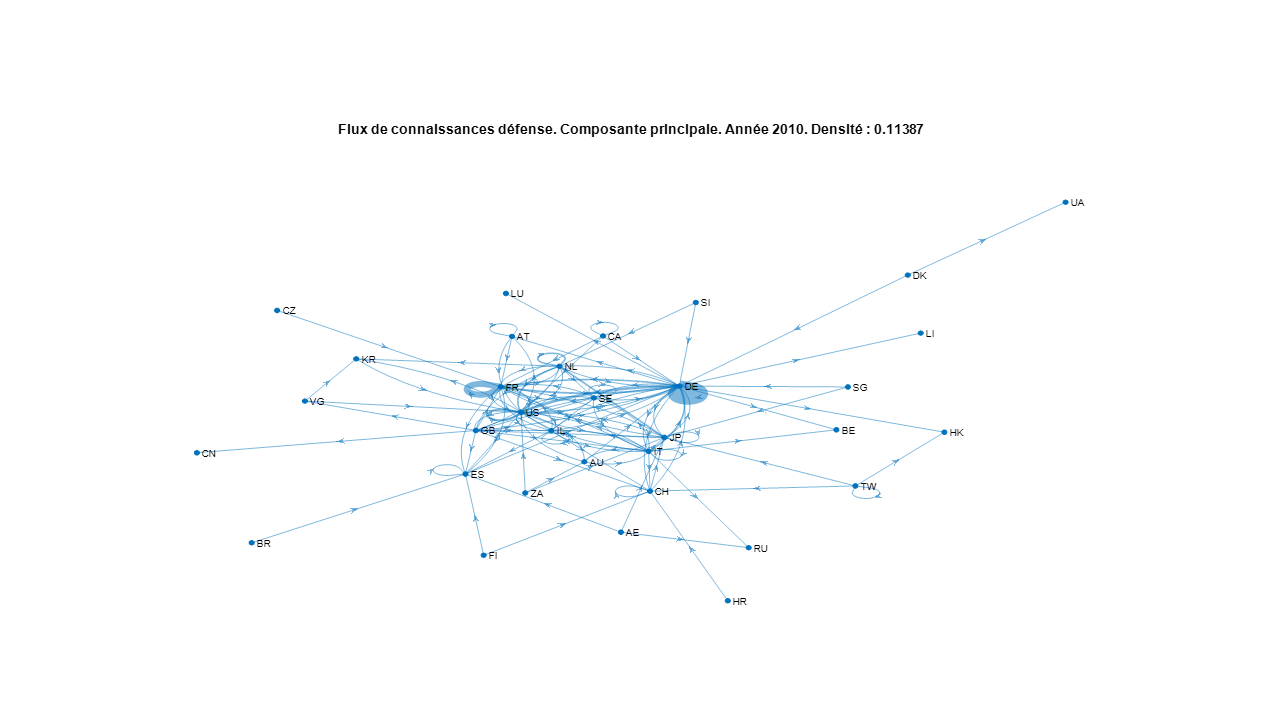"Tell me how many patents you file in the field of defence, and I will tell you how much strategic autonomy you have". This is the promise of the AUSTIN (AUtonomie STratégique et INnovation) project conducted on behalf of the DGA at ENSTA Paris. AUSTIN's objective is to identify the factors that contribute to a nation's strategic autonomy and that promote the sustainability of its defence industrial and technological base.
For Dorgyles Kouakou, a post-doctoral fellow at the Applied Economics Department of ENSTA Paris, "the methodological approach adopted is very original because it has the capacity to transform patent data to measure strategic autonomy, understood as the capacity of a country to ensure its defence without depending on the outside world".
Surprisingly, the approach seems to be valid regardless of the size of the country, from Luxembourg to Russia. "It is sufficient if the country has a defence industry and that its patent data are public for the approach to be relevant," confirms Dorgyles Kouakou. "To measure strategic autonomy, we carry out an analysis based on the theory of economic dominance, which makes it possible to highlight the effects of dominance between states. And at the heart of this approach lays the theory of graphs".
Graph theory originated in the famous problem of the seven bridges of Königsberg: is it possible to walk through Königsberg and return to the starting point by crossing each bridge only once? Leonhard Euler showed in 1735 that there is no such walk by using graphs with bridges as edges and islands and banks as vertices. These vertices were themselves assigned degrees according to the number of edges arriving at that vertex. Euler demonstrated that the ideal walk could only exist if all the vertices were of even degree, except for at most two, which was not the case in Königsberg.
Graph theory has subsequently proved to have numerous applications in all fields related to the notion of network, and therefore of interdependence. After measuring strategic autonomy, econometric techniques are used to analyse its explanatory factors.
Among the results that will be published shortly, we can mention the fact that France is particularly well placed in terms of strategic autonomy, since over the period 2000-2015, it is found 13 times in the top three of strategic autonomy scores, while Germany is present only 8 times, and Russia 7.
References: "Gouvernance et autonomie stratégique par l'innovation: une étude exploratoire", by Dorgyles KOUAKOU and Eva SZEGO (ENSTA Paris), to be published in "Économie appliquée".



